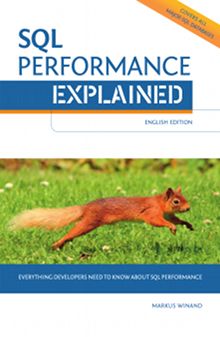- Not as cast target:
cast(… as <target>) - Use
integerorint(these support 38 decimal digits (>127 bit) on this platform) - Accepts character strings (not statically typed or generously cast)
Related
E011-01, “
INTEGERandSMALLINTdata types (including all spellings)”Other integer data types:
smallint,integer/int.
Normative References
ISO/IEC 9075-2:2023 does not define a precision for bigint.0 The bit support table above requires support for at least 64 signed bits (correspond to the data type mappings for the C programming language).1
The data type bigint belongs to the optional feature T071, “BIGINT data type”, which first appeared in ISO/IEC 9075-2:2003.2

